I am looking into porting a website in CouchDB and it looks very interesting.
However, a big problem is that CouchDB does not seem to support read authentication; all documents within a database are accessable by all readers.
It is suggested elsewhere to use different databases for different reader-groups or to implement reader authentication in another (middle) tier, neither of which is an option for this project where the access is determined by complex, per document ACLs.
I was thinking to implement the authentication in lists and to restrict all access to the CouchDb to these lists. This restriction could be enforced by the simple mod_rewrite clauses in the Apache used as reverse-proxy. The lists would simple fetch the row and check the userCtx against the document's ACL. Something like:
function(head, req) {
var row;
while (row = getRow()) {
if (row.value.ACL[req.userCtx.name])
send(row.value);
else
throw({unauthorized : "You are not allowed to access this resource"});
}
Since I have no experience with CouchDB, and I haven't read about this approach anywhere, I'd like to know whether this approach could work.
Is this a way to implement read access or am I abusing lists for the wrong purpose? Should I not expect such a simple solution is possible with CouchDB?
